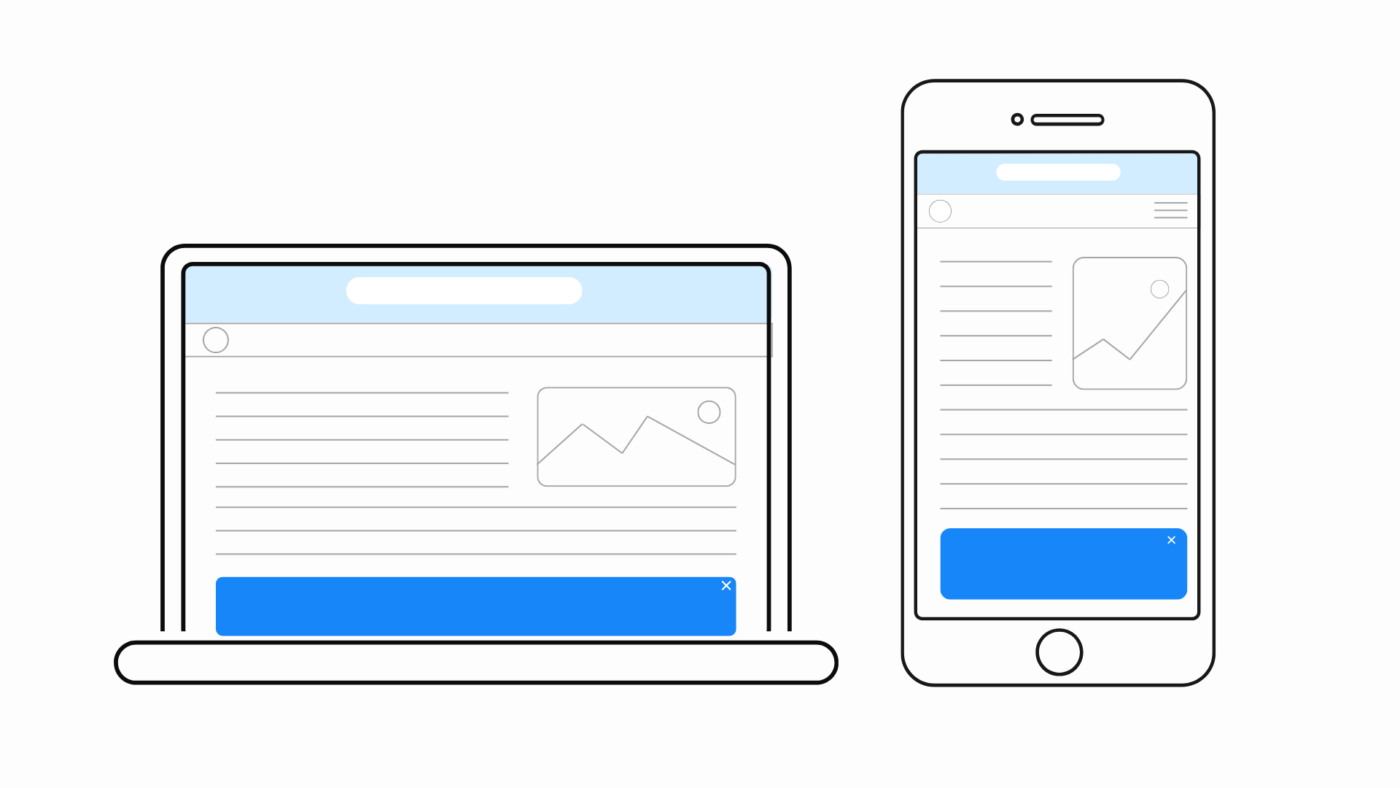Ad viewability is one of the most crucial factors in digital advertising, often considered the primary currency for display and video ads. This metric determines how visible ads are on a webpage, influencing campaign performance and return on investment (ROI) for advertisers. Both publishers and advertisers aim to optimize ad viewability to enhance engagement and maximize revenue. This article explores the fundamentals of ad viewability, its importance, and strategies to improve it.
What is Ad Viewability?
Ad viewability measures the percentage of an ad that appears within a user’s viewable area on a screen. According to the Interactive Advertising Bureau (IAB) and the Media Rating Council (MRC), an ad is considered viewable if at least 50% of its pixels are visible for a minimum of one second for display ads and two seconds for video ads. Google refers to these as ‘Active View’ impressions.
However, different Supply-Side Platforms (SSPs) may have varying measurement standards. For instance, large creatives (over 242,500 pixels) may be considered viewable when only 30% of the ad is visible for one second on platforms like Xandr and OpenX.

Ideal Ad Viewability Score
Leading SSPs, including Xandr, OpenX, and Rubicon, suggest that an ideal ad viewability score should exceed 70%. While a score between 50% and 70% is acceptable, anything below 50% requires immediate improvement. Higher viewability rates lead to better ad performance and increased demand for ad inventory.
Why is Ad Viewability Important?
Ad viewability directly impacts ad revenue, advertiser interest, and overall campaign success. Studies show that globally, desktop ad viewability reached 71.9% in 2020, while mobile ad viewability stood at 67.6%. If users do not see at least half of the served ads, campaigns lose effectiveness, leading to lower revenue potential.
A Google study revealed that viewable display ads within the Google Display Network had a fourfold increase in conversions compared to non-viewable ads. The programmatic advertising industry increasingly prioritizes viewable impressions over served impressions. And with Adhub Media’s dashboard, publishers can track ad viewability across their entire inventory and optimize accordingly.
Factors Causing Low Ad Viewability
- Page Length & Content Quality – Shorter content pages generally have higher viewability rates.
- Ad Load Speed – Slow-loading ads may not be seen as users scroll past them.
- Ad Positioning – Ads placed below the fold typically have lower viewability rates.
- User Behavior – Low engagement levels reduce ad interaction.
- Internet Speed – Slow connections delay ad rendering, affecting viewability.

Tips to Improve Ad Viewability
1. Improve Page Speed
A slow-loading website reduces ad visibility. To enhance speed:
- Use responsive layouts
- Optimize images
- Reduce redirects
- Implement asynchronous ad tags
2. Enhance Ad Load Speed
Ad load speed is critical in retaining user attention. To optimize:
- Implement lazy loading for below-the-fold ads
- Reduce passbacks to minimize latency
- Optimize video ad placements to ensure quicker loading times
3. Choose High-Performing Ad Sizes
Vertical ad units (e.g., 160×600) tend to perform better than horizontal ones. Additionally, high-performing mobile ad sizes, such as 300×250 and 320×100, contribute to improved visibility.
4. Understand Audience Behavior
Analyzing user engagement patterns helps determine optimal ad placements and frequency. Excessive ads may degrade user experience and slow down page performance. Eliminating low-performing placements (such as below-the-fold ads) enhances overall viewability.
5. Optimize Ad Placements
Ad placement significantly influences viewability rates. According to Google, above-the-fold (ATF) video ads have a 73% viewability rate, compared to 45% for below-the-fold (BTF) ads. Placing ads near engaging content improves their performance.
Final Thoughts
Publishers should continuously refine webpage loading speed and user experience to improve ad viewability. Ad buyers increasingly focus on viewable CPM (vCPM) rather than traditional CPM, making high-viewability inventory more valuable.
By synchronizing content and ad loading speeds, publishers can maximize inventory efficiency. Implementing strategic ad placements, optimizing website performance, and ensuring fast ad delivery can significantly enhance viewability and revenue.
Adhub Media provides tools and insights to help publishers optimize your ad strategies and achieve higher ad viewability scores. Do not hesitate to contact us now.
